The Best Time To Visit Masai Mara for a Spectacular Safari Experience

Timing is everything when planning a safari in Masai Mara; that is why our experts have prepared this Masai Mara Safari timing guide. Ideally, plan to visit Masai Mara from July to October for the best chances of catching the Great Wildebeest Migration. For bird lovers, November to April is your golden window for a plethora of species.
April to June is the best time if you are looking for a more private Masai Mara trip with less crowns and very good rates. January to March offer perfect weather and game viewing opportunities.
No matter what you’re interested in, our guide knows how to align your visit with the heartbeat of the Masai Mara so you can create unforgettable memories for yourself and loved ones.
The Best Time Visit Kenya Masai Mara for a Wildebeest Migration
Reach us to Start Planning Your Kenya Best Time To Visit Masai Mara
The time to plan your Masai Mara Serengeti Migration Safari is now! We invite you to contact us via WhatsApp or phone at +254-704-532-105.
We are also available through email at safarioffers@kenyaluxurysafari.co.uk or safarioffers@ajkenyasafaris.com. If you prefer, you can leave us your details by filling our “Book a Safari Form” and we will get back within 12 hours.
Our Most Booked, Masai Mara, Tanzania, and Serengeti Safari Packages
Best Time to Visit Masai Mara – Key Takeaways
- For those looking to witness the Great Wildebeest Migration in the Masai Mara, the best time to visit is between July and October. The peak Masai Mara migration period is late July, August and September, though exact timing can vary due to environmental factors.
- The dry season, June to October, is optimal for wildlife viewing in Masai Mara, with animals around waterholes. The wet season, November to May, offers lush landscapes, fewer tourists, and is an excellent time to visit Kenya for birdwatching.
- If you decide to visit Kenya, you have to know that safari costs vary by season, with higher prices during the peak season from July to October and December to January, and the potential for discounts during the off-peak season from March to May and October to November.
The Great Wildebeest Migration in Masai Mara

Every year, the plains of the Masai Mara play host to a natural spectacle so grand it can be seen from space: the Great Wildebeest Migration towards the Mount Kilimanjaro region.
Millions of wildebeest, zebras, and gazelles move across the landscape continuously searching for fresh grazing, offering a stunning display of wildlife interaction that attracts thousands of visitors to Kenya annually.
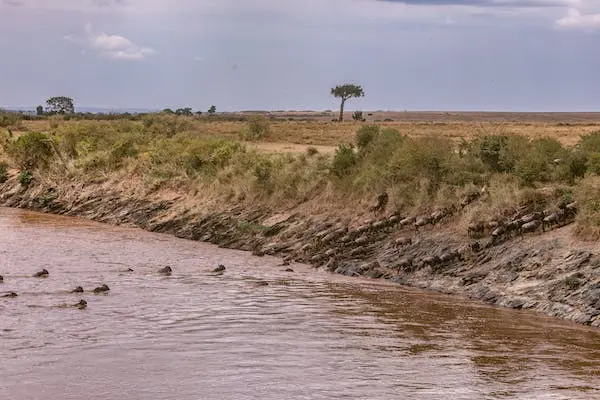
The Masai Mara’s prime time to visit Kenya is from July to October, offering optimal game viewing, with the peak in August and September. It is ideal for experiencing Kenya’s exceptional safari as the game viewing action continues through Masai Mara.
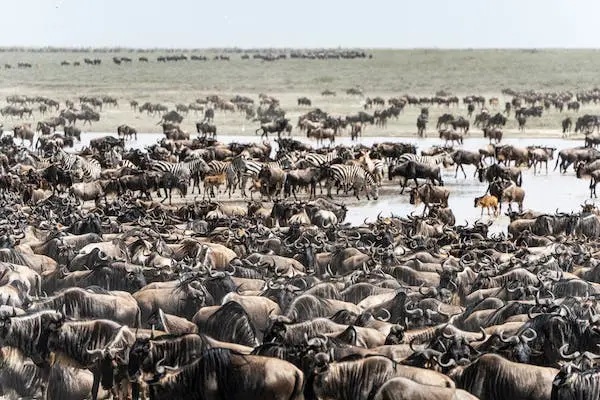
If you plan to visit Kenya you have to know during this period, the weather tends to be moderate and dry. It provides perfect conditions for wildlife viewing, despite the occasional shower during the long rainy season.
The timing of the wildebeest migration varies each year, influenced by environmental factors, weather, and the animals themselves. If you are considering visiting Kenya, witnessing the Great wildebeest migration is a captivating experience.
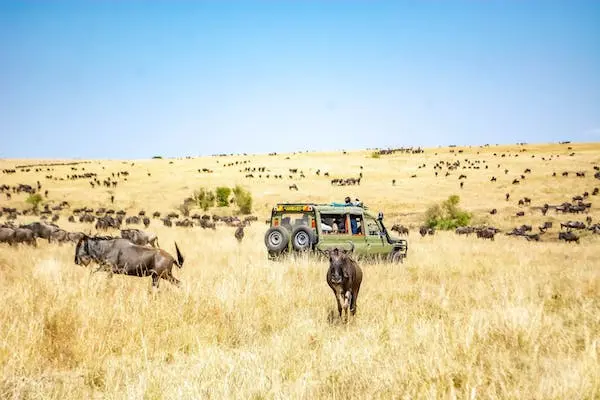
The migration typically commences in July and concludes in late September, avoiding the long rainy season. However, changing weather patterns in East Africa, such as frequent droughts and floods, can impact the migration timeline. However, droughts can result in dry grass and fires, disrupting migration patterns.
By August and September, the herds had surmounted the Mara River’s challenge and dispersed across the area, offering exceptional game viewing opportunities in Amboseli National Park. When considering visiting Kenya, the inherent unpredictability of the migration timing should be kept in mind when planning a visit.
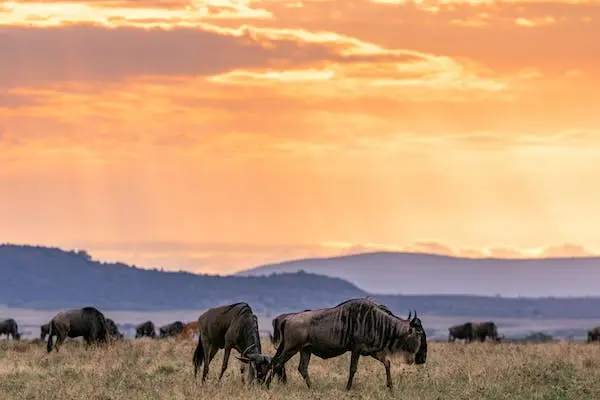
During the migration, the wildebeest traverse two primary rivers: the Mara River and the Sand River.
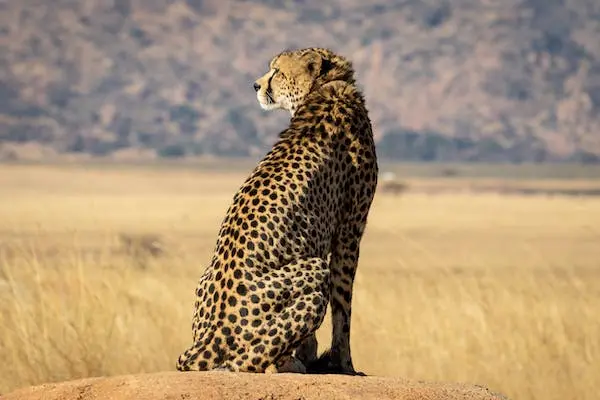
This journey is fraught with danger, as predators lie in wait. Some of the common threats the wildebeest face during their migration include:
- Lions
- Leopards
- Cheetahs
- Hyenas
- Wild dogs
- Crocodiles
River-crossing herds, a highlight of the Great Migration, captivate global wildlife enthusiasts. Beyond, wildebeest calving in the Serengeti from late January to March offers thrilling wildlife viewing during the short dry season, attracting predators.
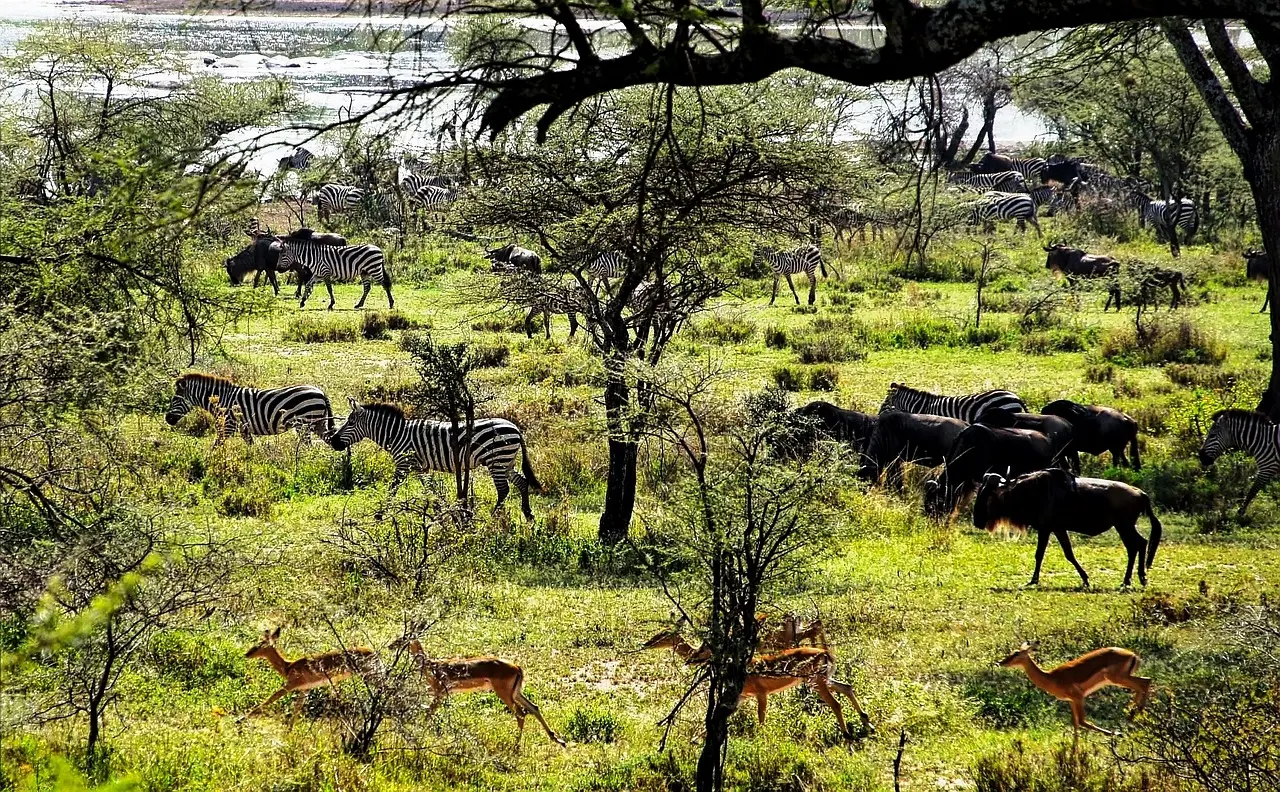
These key events showcase the extraordinary natural spectacle of the migration, making it a must-see for nature lovers worldwide. For those considering visiting Kenya during this period witnessing the newborn calves adds a unique dimension to the safari experience
Optimal Wildlife Viewing in Masai Mara
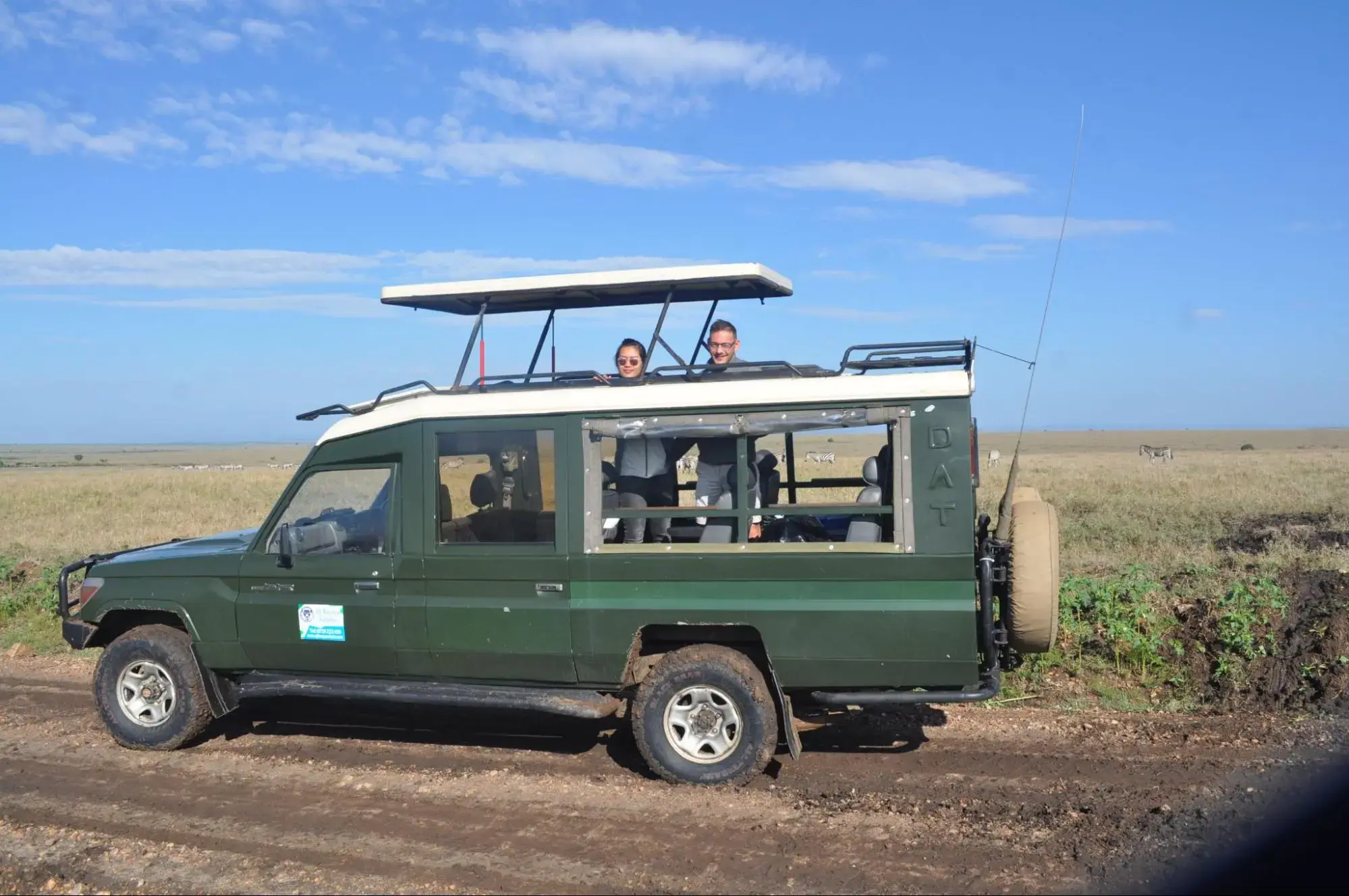
While the Masai Mara provides excellent wildlife viewing year-round, the cheapest time is generally during the long dry season, from June to October. The weather is favourable during this season, with warm and dry conditions that lead to animals congregating around waterholes and rivers.
That said, wildlife viewing can also be satisfying in the shoulder season, which includes the months of:
- January
- February
- November
- Early December
December, an ideal time to visit Kenya, and enjoy excellent wildlife viewing and diverse outdoor activities, making your visit both memorable and enriching.
Dry Season: Late June to October
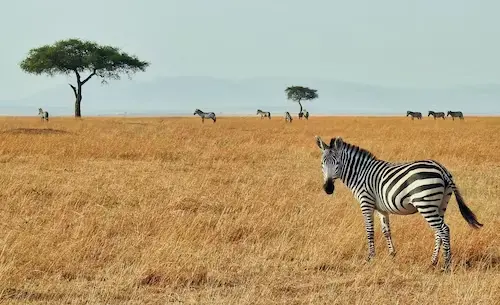
The clear skies and sparse vegetation of the dry season facilitate easy detection of wildlife as they gather on the open plains in search of foliage. During this period, you can expect to see a wide range of wildlife, including:
- lions
- elephants
- leopards
- Cape buffalos
- zebras
- migratory bird species
With limited water availability, animals tend to gather around waterholes, enhancing opportunities for fantastic game viewing.
The dry season also offers a chance to witness some fascinating wildlife interactions. Herbivores such as gazelles often form herds and are frequently followed by predators, resulting in thrilling encounters.
Wet Season: November to May
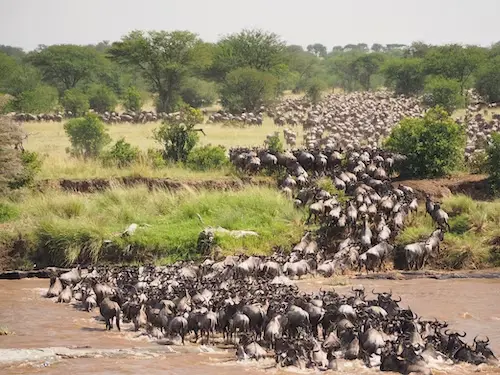
The wet season in Masai Mara, from November to May, brings challenges like muddy roads and reduced visibility. Yet, it offers advantages with lush landscapes and fewer tourists. If you visit Kenya during this time, experience Masai Mara’s unique beauty.
The landscape becomes lush, and the park sees fewer visitors, providing a more intimate wildlife viewing experience. Rainfall during the short rainy season and other rainy seasons averages about 1,400 millimetres (55 inches) per year, with April being the wettest month.
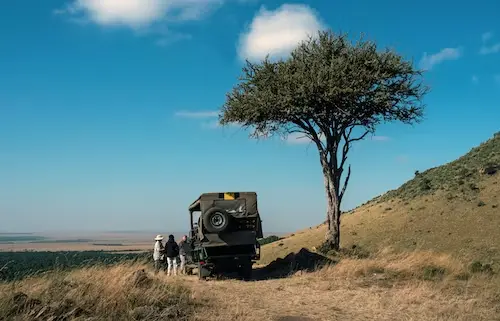
The abundant vegetation and water availability during this season influence animal distribution and movement patterns, with herbivores aggregating in regions with abundant vegetation and improved access to water. Despite the challenges, the summer season is a great time for beach holidays along Kenya’s coast, even during the wet season.
Best Time for Birdwatching in Masai Mara
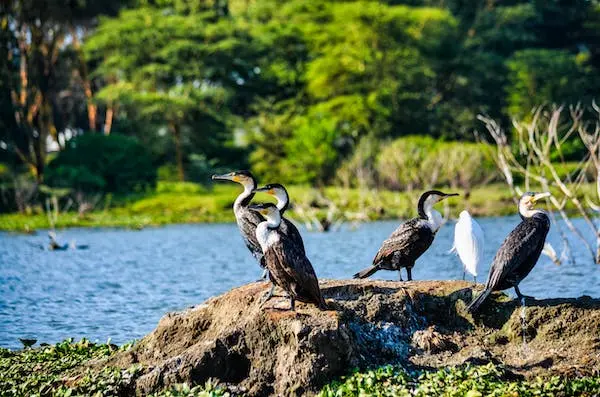
For birdwatching enthusiasts, visiting the Masai Mara between November and April is ideal. The wet season becomes a haven with nearly 500 bird species, including 47 birds of prey. This unique experience awaits those who visit Kenya during this time.
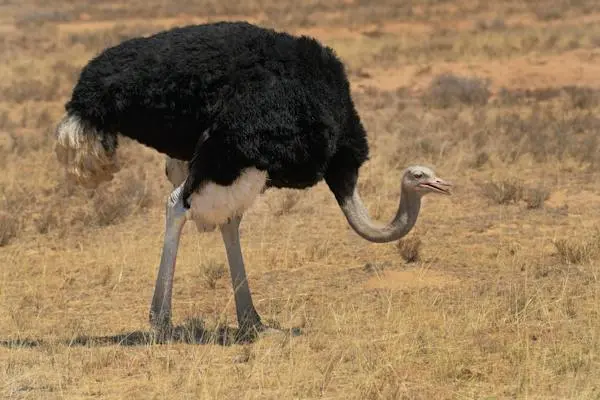
Although sightseeing and birdwatching are highly recommended activities during the wet season, it’s worth noting that some roads may be difficult to navigate due to the rains. However, the opportunity to see a diverse array of bird species in their natural habitat more than makes up for any potential inconveniences.
Weather and Climate in Masai Mara

Planning your visit to the Masai Mara involves understanding its two seasons: the dry season with cooler temperatures and the wet season featuring warmer temperatures and higher rainfall.
When you visit Kenya during the Nairobi restaurant week, tailor your experience to the unique climates. During March, temperatures typically vary between 27°C and 25°C from Lake Nakuru and Mount Kenya, towards Masai Mara.
In December, the daily high temperatures range from 24°C to 26°C away from the Indian Ocean, while February usually experiences highs of 28°C and lows of 13°C. From Early March to April, the daytime temperature range is 28 to 34°C, with nighttime temperatures dropping to about 12°C as most animals gather together in most wildlife reserves.
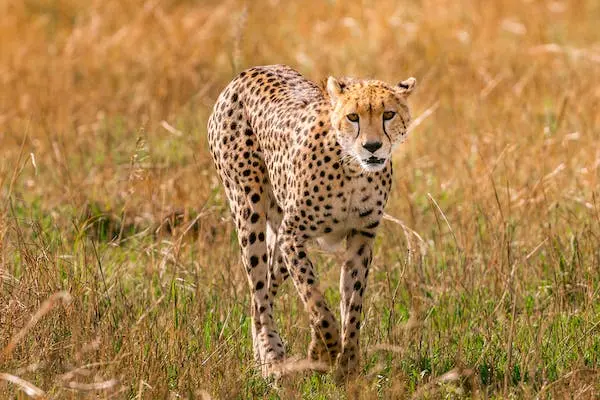
As per the Kenyan climate, it’s generally dry in November with temperatures of around 23°C, while July has an average temperature of 17°C, with a temperature range of 22°C to 11°C as the lowest, from the Kenyan coast.
Generally, understanding Masai Mara’s weather patterns helps plan your activities and packing when visiting Kenya, ensuring the best season experience.
Masai Mara Safari Costs by Season

Safari costs in the Masai Mara can significantly fluctuate depending on the season, like whether we have river crossings, short rains or during the long dry season.
Peak season, spanning from July to October and December to January, typically comes with higher costs than February. Usually, the long rains are not present, allowing tourists to visit Kenya, from Lamu island, Mombasa and some by air.
During this period, demand for safaris is high and reduces towards January, and the costs reflect this. With the migratory herds being the main centre of attraction, you can expect to see camps close to each other as most tourists prefer visiting when the heavy rains are over.
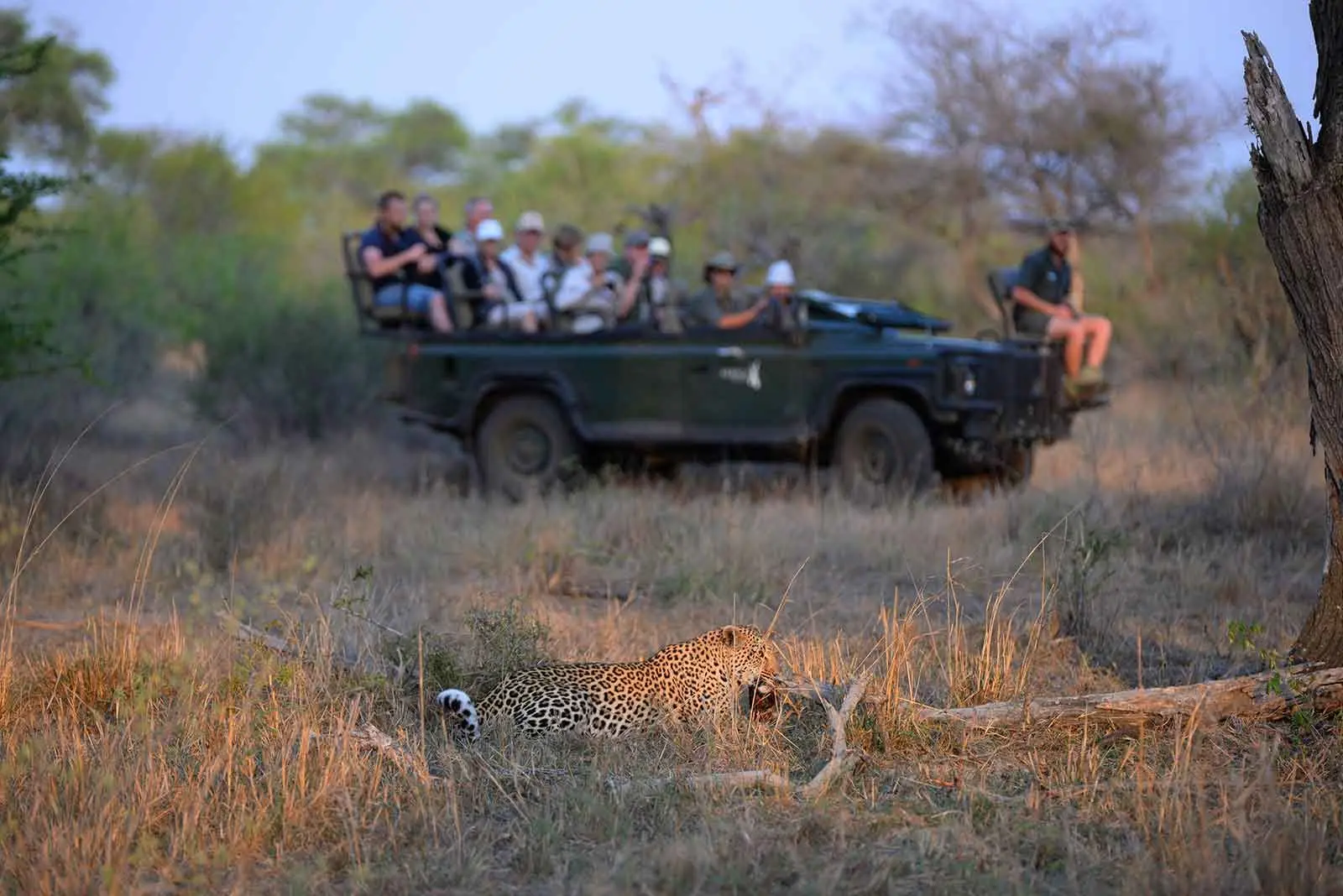
If flexible with dates, substantial savings await when visiting Kenya during the off-peak season from March to May and October to November towards the end of the short rains.
During these off season months, there are fewer tourists, and many operators offer reduced prices and at discounted rates, so it can be the best time to visit if you can get a front row seat if you prefer a more affordable visit to Masai Mara.
Tips for Planning Your Masai Mara Visit
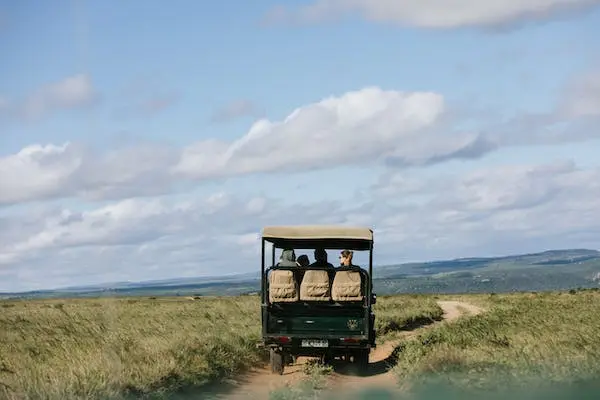
Plan your visit to the Masai Mara based on your interests. If wildlife viewing is your priority, consider visiting during the dry season.

However, if birdwatching is more your thing, the wet season would be more appropriate. Consider your budget and preferred travel style. Here are some factors to consider when planning your trip:
- Peak season: Offers the best wildlife viewing, but comes with higher costs and more crowds.
- Off-peak season: Offers lower prices and fewer crowds, but may have some challenges.
- Booking: Remember to book well in advance, especially if you’re planning to visit during the peak season.
Special Events and Festivals in Masai Mara
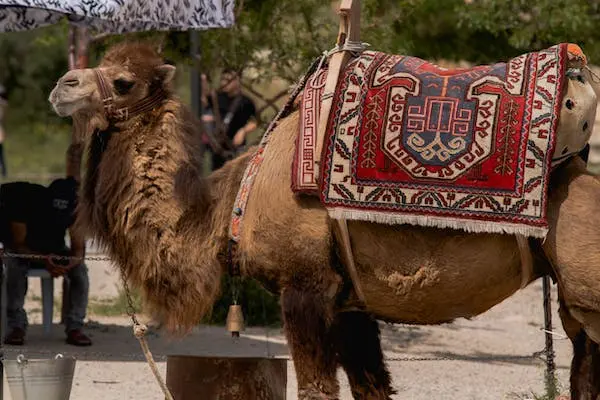
Enhance your Masai Mara National Reserve visit with local events. The annual Maasai Mara Marathon in August draws participants globally for a race amidst the savannah.
In September, enjoy the Maralal International Camel Derby with thrilling camel races and cultural immersion. Throughout the year, the Masai Mara hosts diverse cultural events and celebrations, showcasing the vibrant traditions of the Maasai people.
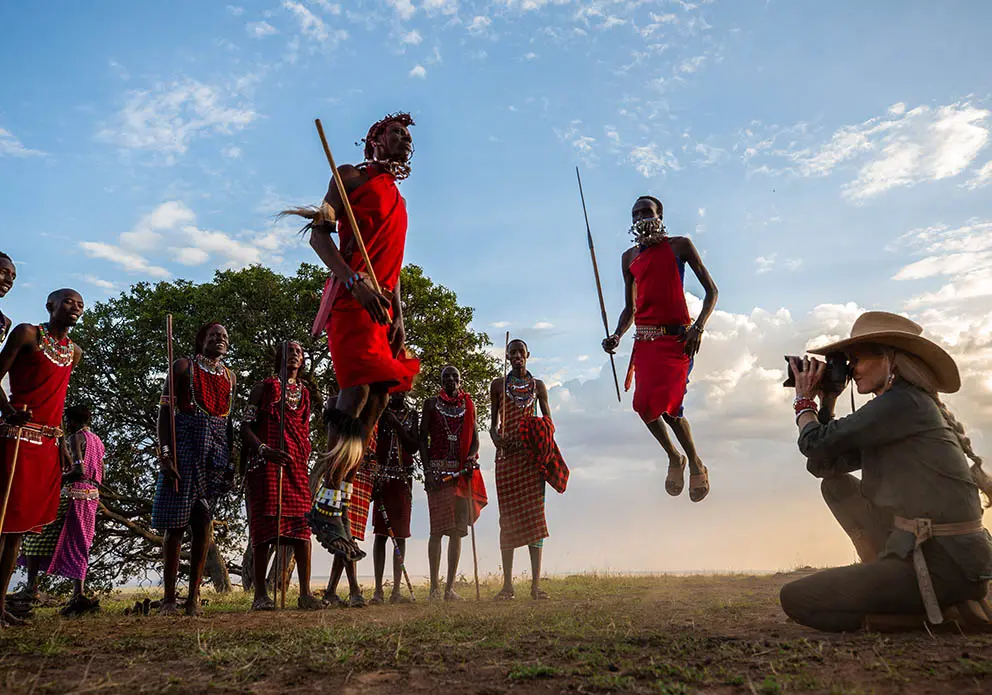
Participating in these activities adds depth to your safari experience, providing a unique blend of wildlife and local culture in this extraordinary landscape.
Summary
In summary, the Masai Mara is a natural marvel teeming with wildlife and stunning landscapes.
Whether you seek the Great Wildebeest Migration, birdwatching, or scenic immersion, it ensures an unforgettable experience. While the dry season is optimal for wildlife viewing, every season boasts a unique charm. Regardless of your chosen time to visit, the Masai Mara guarantees an unparalleled safari adventure. So, pack your bags and prepare for a lifetime of adventure in this captivating wilderness!
Frequently Asked Questions
The best time to visit Masai Mara Kenya. Common questions we get from our guests.
Which is the best month to visit Masai Mara?
The best month to visit Masai Mara is during the dry season from June to October when animals are more easily spotted near rivers and waterholes due to thinner vegetation. This is the peak time for wildlife sightings.
What is the best time to see great migration in Masai Mara?
The best time to see the Great Migration in Masai Mara is from July to October. This is when the wildebeest and zebras cross from Serengeti National Park in Tanzania to Masai Mara in Kenya.
How many days do you need in Masai Mara?
To fully enjoy the wildlife in Masai Mara, it is recommended to spend a minimum of 4 days and three nights at the park, allowing for 4 game drives and sufficient rest time upon arrival.
When is the best time for birdwatching in the Masai Mara?
The best time for birdwatching in the Masai Mara is during the wet season, from November to April. Enjoy a diverse range of bird species during this period.
What special events and festivals can I participate in when visiting the Masai Mara?
When visiting the Masai Mara, you can participate in special events like the Maasai Mara Marathon in August and the Maralal International Camel Derby in September. These events offer a unique cultural experience.



